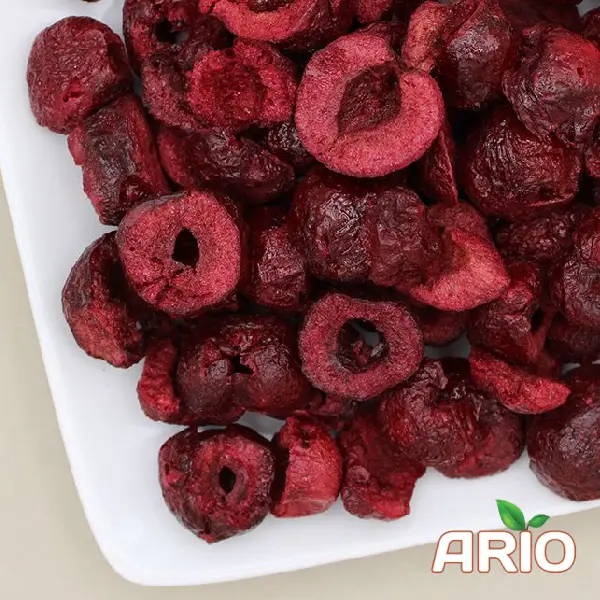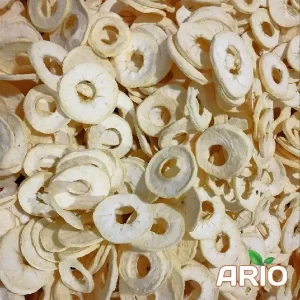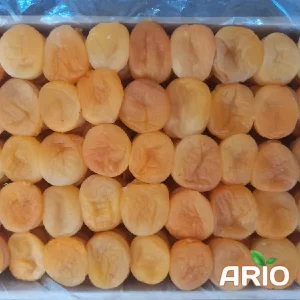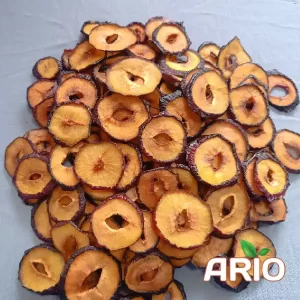Understanding Dried Cherry Varieties
Dried cherries primarily come from two types: tart and sweet cherries.
1. Tart Cherries
Montmorency cherries are renowned for their bright red color and tangy flavor. They are often used in baking, cooking, and health products due to their high antioxidant content. These cherries are predominantly grown in the United States, particularly in Michigan.
2. Sweet Cherries
Bing cherries are larger, darker, and sweeter than their tart counterparts. They are commonly consumed as snacks or used in desserts. While they have a shorter shelf life, proper drying techniques extend their usability.
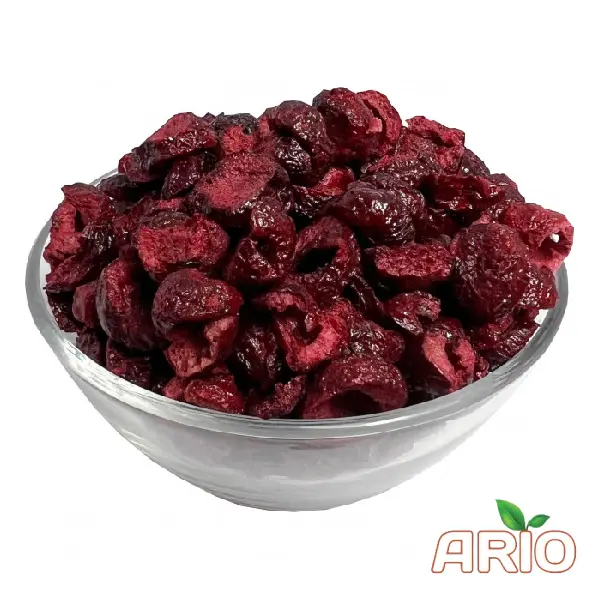
To explore more dried fruit products, click here
Health Benefits and Nutritional Profile
Dried cherries are not only delicious but also packed with nutrients.
- Antioxidants: Rich in anthocyanins and polyphenols, which combat oxidative stress and inflammation.
- Vitamins and Minerals: High in vitamin C, potassium, and iron, supporting immune function and heart health.
- Melatonin: Naturally occurring melatonin aids in regulating sleep cycles.
- Fiber: Promotes digestive health and helps maintain blood sugar levels.
Regular consumption of dried cherries has been linked to reduced muscle soreness, improved sleep quality, and decreased risk of chronic diseases.
Global Market Trends and Demand
The global dried cherry market has witnessed significant growth in recent years.
- Market Size: Valued at approximately USD 5.7 billion in 2025, with projections reaching USD 14.55 billion by 2032.
- Growth Drivers: Increasing health awareness, demand for natural sweeteners, and the popularity of plant-based diets.
- Key Markets: North America, Europe, and Asia-Pacific regions show the highest demand, driven by the food and beverage industry’s need for natural ingredients.
Quality Standards and Certifications of dried cherry
Ensuring quality and compliance is paramount in the dried cherry trade.
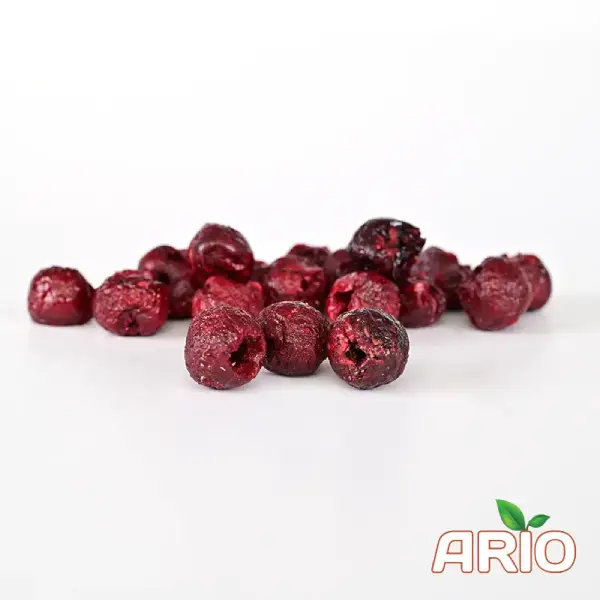
- Certifications: Look for products certified with ISO 22000, HACCP, Organic, Kosher, and Halal standards.
- Quality Indicators: Uniform size, vibrant color, low moisture content, and absence of contaminants are key quality markers.
- Regulatory Compliance: Adherence to international food safety regulations ensures smooth cross-border transactions.
Sourcing and Supply Chain Considerations
Identifying reliable sources is critical for consistent supply.
- Major Producers: The United States, Turkey, and Iran are leading producers, offering diverse varieties and processing techniques.
- Harvest Seasons: Understanding harvest periods helps in planning procurement and managing inventory.
- Supplier Evaluation: Assess suppliers based on certifications, processing facilities, and capacity to meet bulk orders.
Packaging and Storage Best Practices
Proper packaging and storage extend shelf life and maintain quality.
- Packaging Options: Vacuum-sealed bags, nitrogen-flushed pouches, and bulk containers are commonly used.
- Storage Conditions: Store in cool, dry places away from direct sunlight. Optimal storage temperatures range between 0°C to 4°C.
- Shelf Life: When stored properly, dried cherries can last up to 12 months without significant quality degradation.
Logistics and Transportation Insights
Efficient logistics ensure timely delivery and product integrity.
- Shipping Methods: Refrigerated containers are preferred to maintain temperature control during transit.
- Customs Documentation: Ensure all necessary export/import documents, including certificates of origin and health certificates, are in order.
- Transit Time: Plan for potential delays and have contingency plans to mitigate risks.
Pricing and Cost Factors
Several elements influence the pricing of dried cherries.
- Production Costs: Labor, processing, and packaging expenses contribute to the final price.
- Market Demand: High demand periods, such as festive seasons, can drive prices up.
- Exchange Rates: Fluctuations in currency exchange rates affect international pricing.
- Quality Grades: Premium grades with certifications and superior quality command higher prices.
Conclusion and Recommendations
Dried cherries offer a lucrative opportunity for bulk importers and exporters, given their health benefits and growing market demand. To capitalize on this, businesses should:
- Identify Reliable Suppliers: Partner with producers who have the necessary certifications and a track record of quality.
- Understand Market Dynamics: Stay informed about global trends and consumer preferences to make strategic decisions.
- Ensure Compliance: Adhere to international standards and regulations to facilitate smooth trade operations.
- Optimize Logistics: Invest in efficient transportation and storage solutions to maintain product quality.
By focusing on these areas, businesses can effectively navigate the dried cherry market and achieve sustainable growth.
Frequently Asked Questions (FAQ)
The primary types are tart cherries and sweet cherries, each offering distinct flavors and uses.
The United States, Turkey, and Iran are among the top producers, offering various varieties and processing techniques.
Store in cool, dry conditions, ideally between 0°C to 4°C, in airtight packaging to extend shelf life up to 12 months.
They are used in baked goods, cereals, snack bars, salads, and as natural sweeteners in various products.

